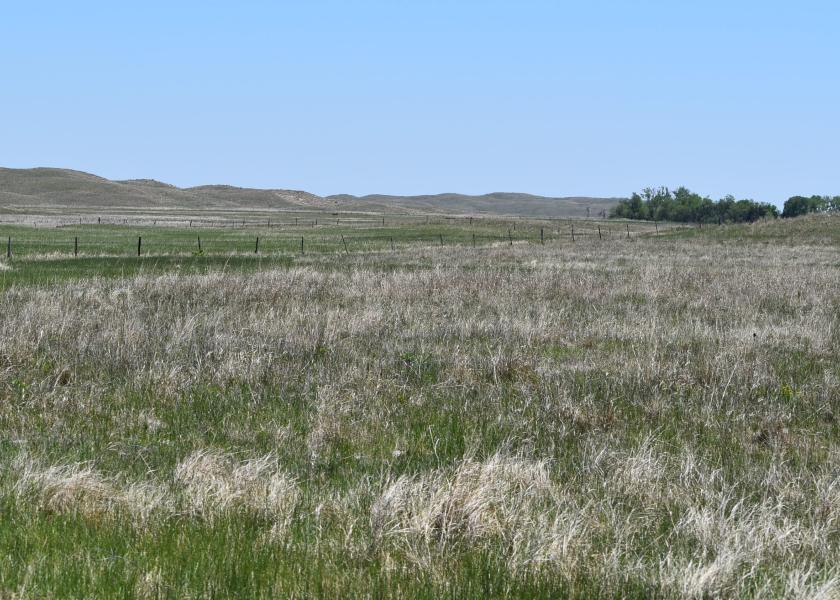Rebuilding the Herd Begins at Pasture Level

Despite recent market declines, many factors point towards an overall bullish cattle market in the months ahead. Heading into the winter season, there's time to consider a suggestion by Jeff Clark, market development specialist for Corteva Agriscience, to start rebuilding pastures before rebuilding the cattle herd.
“Grazing is such an integral part of cattle production — from cow-calf to stockers,” Clark says. “Whether due to too little or too much moisture, our grazing lands have taken a beating. They need recovery and that takes time.”
Before producers consider increasing herd numbers or buying or renting more pastureland, Clark recommends taking action to improve the grazing acres producers already have, including reducing grazing pressure and extending rest periods, ultimately giving pastures time to recover.
Here’s a look at four tips Clark suggests for pastureland management in the coming growing season:
1. Manage moisture for maximum benefit. Control low-value, undesirable plants that are competing with high-forage value species. In droughty arease, volunteer trees, thistles and other viney or invasive weeds will only be taking up the moisture that the grasses desperately need.
2. Add flexibility in grazing management. Large pastures limit grazing rotation possibilities. Crossfencing can provide producers greater flexibility to move cattle throughout paddocks based on level of forage production and the amount of rest needed for the previously grazed pasture to recover. Improving forage utilization and allowing for greater rest-recovery periods are also benefits of this practice.
3. Consider cultural practices to boost productivity. Incorporating weed and brush control, fertilizer according to soil test or overseeding where needed can help restore productivity to poor grazing areas.
4. Focus on becoming a low-cost producer. Grazed forages represent the cattle producer’s lowest-cost feed source throughout the year. Investing in pasture improvement is an excellent cost-management strategy, while prebooking fertilizer, herbicides, feed, hay and other inputs when pricing is favorable may be an added benefit to the bottom line.
“Herd rebuilding or expansion must start with enabling grazing land to support the additional animals over the long term,” Clark says.
Producers should reach out to trusted advisers, such as Extension specialists, consultants or industry experts, to help make the best decisions for their operation, he adds.







